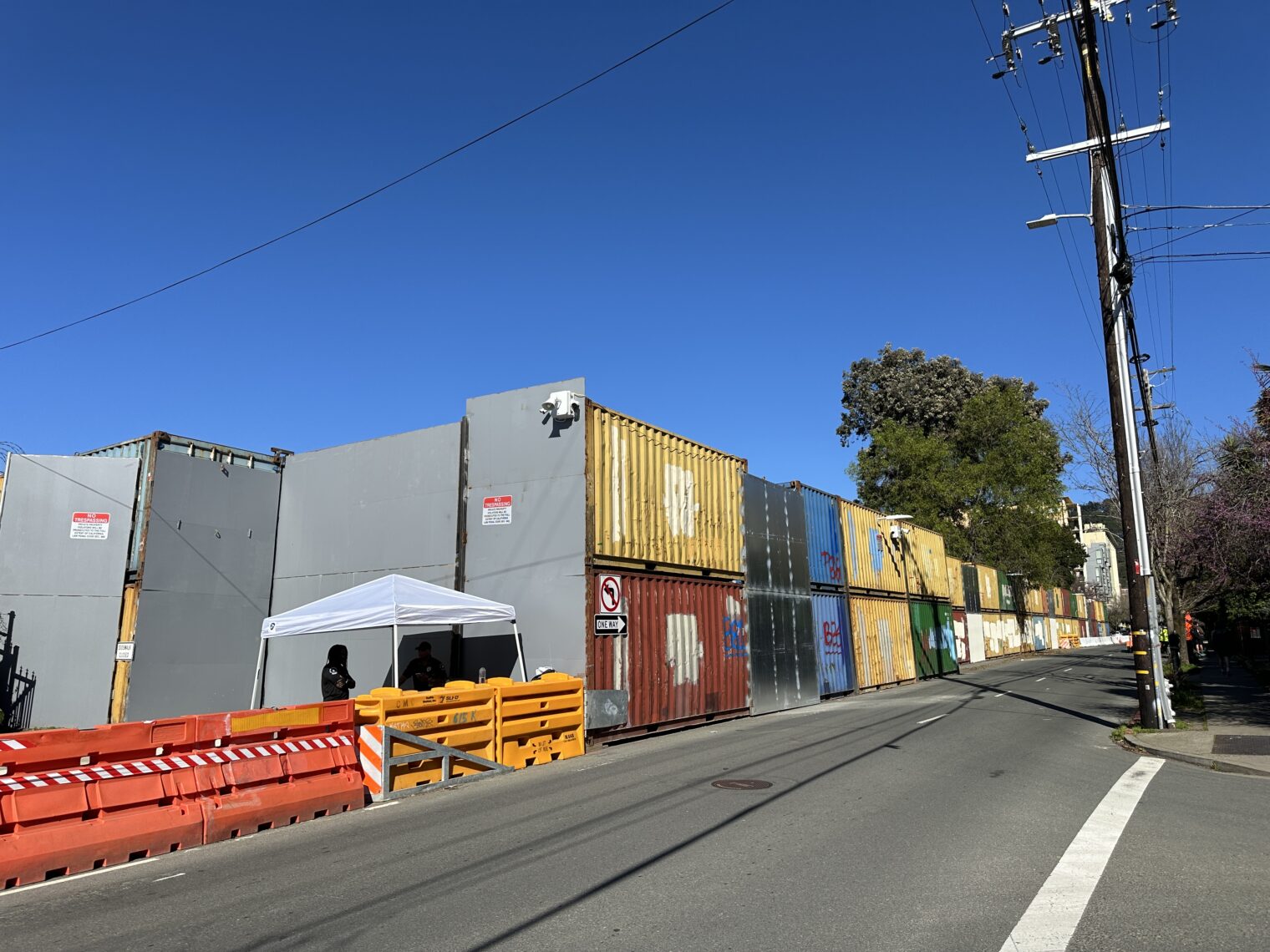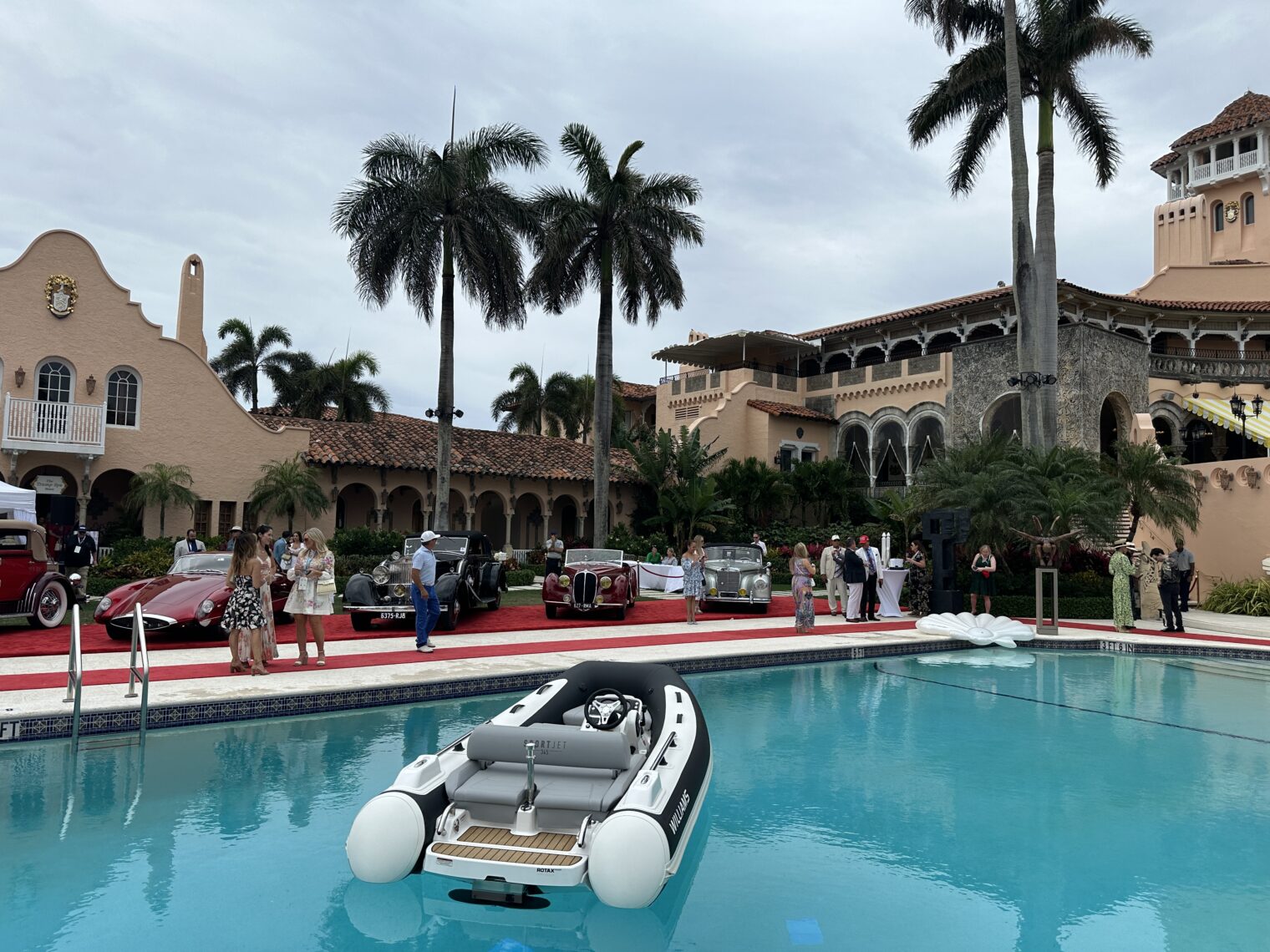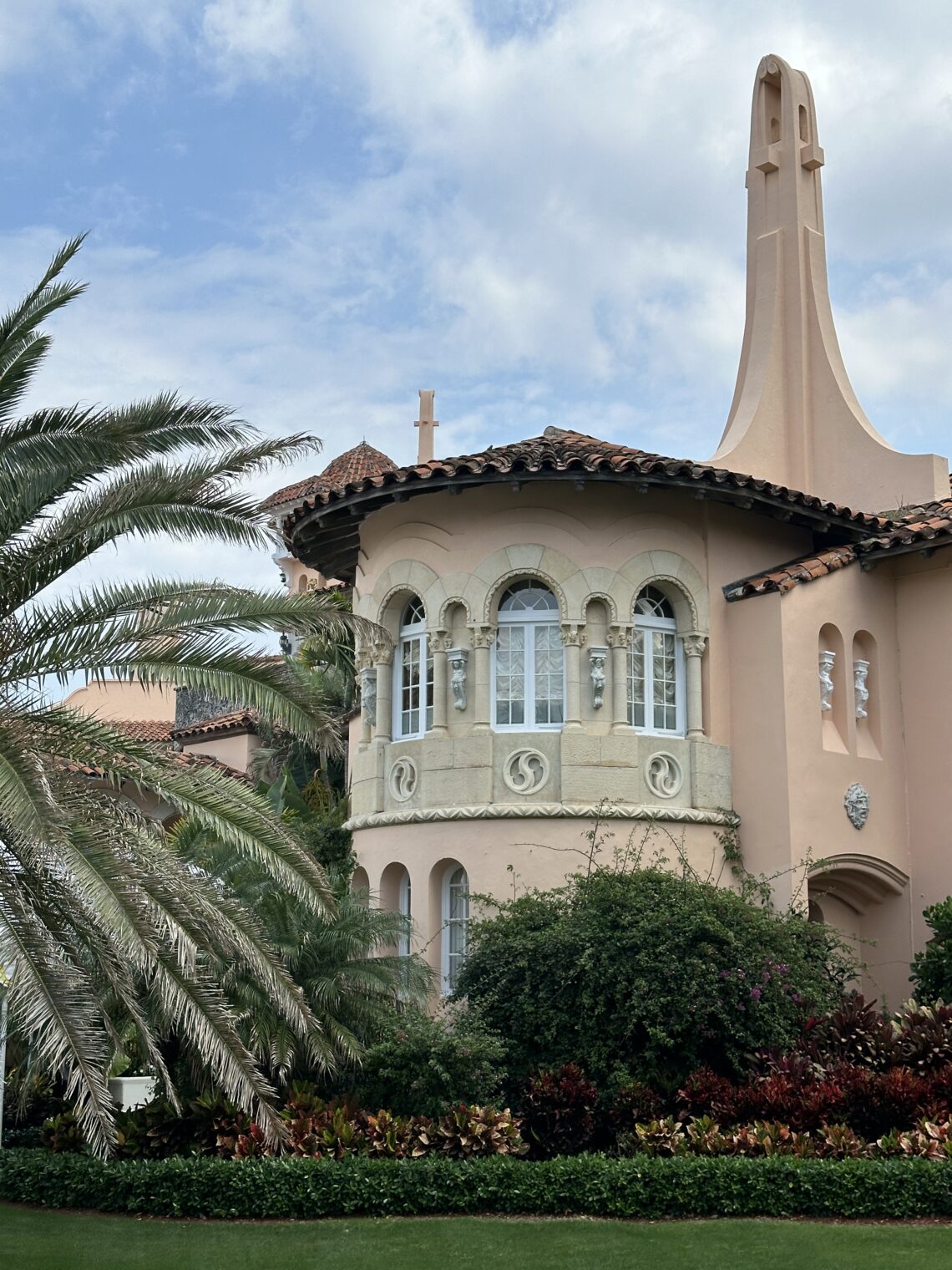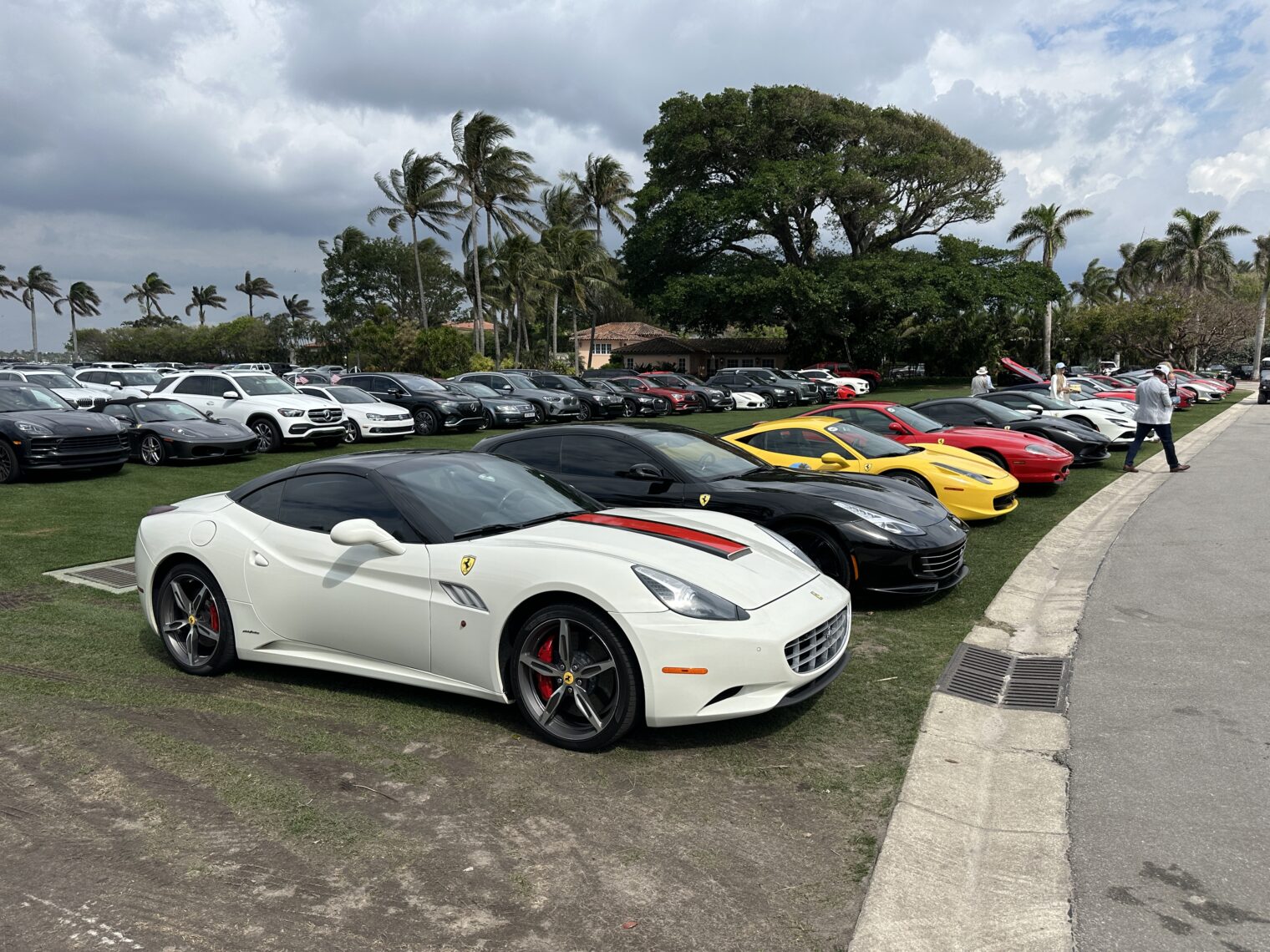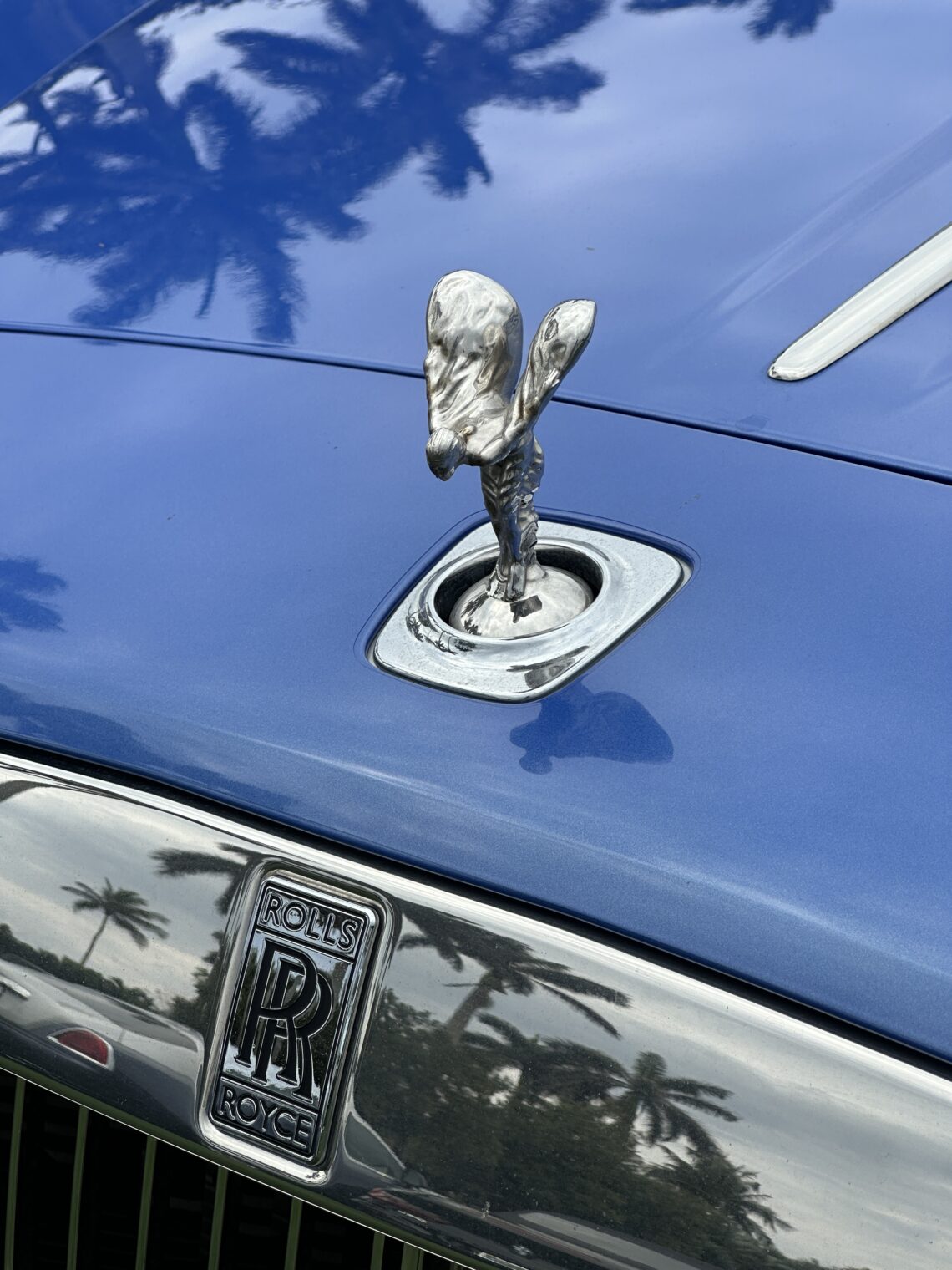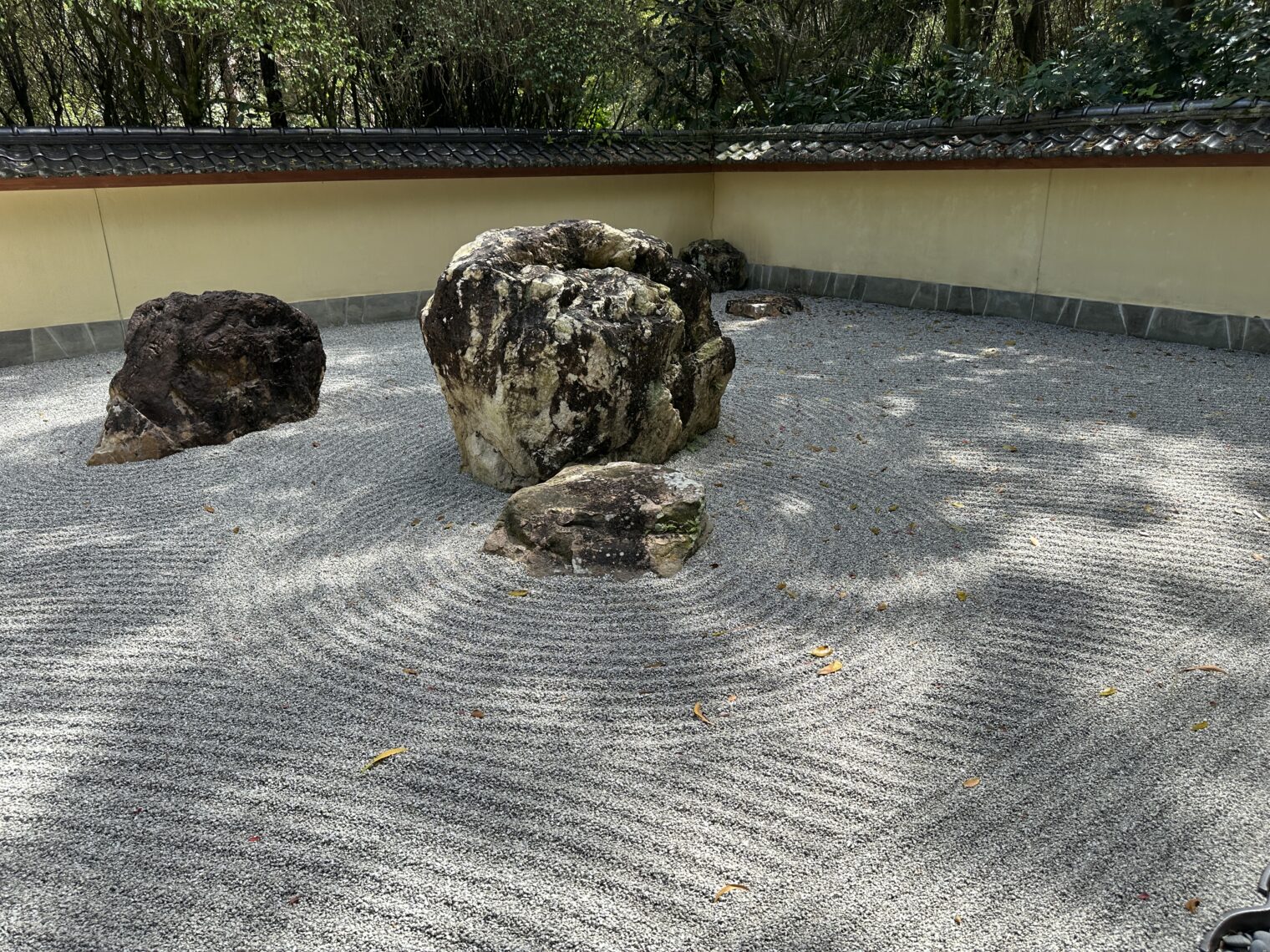Israel’s military strategy in Gaza compared to COVID lockdowns
When SARS-CoV-2 burst onto the world stage societies could choose whether to absorb the damage quickly or drag out the misery. Sweden, for example, chose a sharp spike in infections and deaths while attempting to isolate the oldest and most vulnerable. The typical western countries attempted to drag out what Angela Merkel said was inevitable (i.e., that almost everyone would eventually get COVID-19) via lockdowns, school closures, mask orders, etc. Although Sweden had the smallest percentage of “excess deaths” over the multiple years of coronapanic, the differences in COVID-tagged death rate weren’t huge (even here Sweden had a lower rate than many of the countries that chose lockdowns and compared to U.S. states that shut their schools and businesses (except for alcohol and marijuana!)).
For the nations and states that chose what seemed to be a more cautious and humane approach, the population’s misery extended for years. Public schools closed for 18 months in some big Democrat-run cities, for example. Increased alcoholism, drug abuse, withdrawal from the workforce (not “unemployment” since the Army of the Lockdowns was no longer seeking work), etc. The increased deaths from these factors, plus deferred health care and loss of education, will continue for decades.
I wonder if we can apply the same analysis to Israel’s counterattack in Gaza. The conventional military strategy for Israel would have been to begin bombing and shelling Gaza on October 8, 2023, giving priority to the targets of maximum military value but not worrying about collateral damage, and to have continued until either the Gazans succeeded in their goals of liberating Al-Quds and destroying the Zionist entity or chose to surrender unconditionally. There would be no phone calls in advance of bombing or shelling and both buildings and humans would be destroyed. The battles might have lasted a few weeks before one side decided that the price paid was too high and surrendered to the other. While it is clear that this standard strategy would have resulted in a higher number of deaths among Gazans in the first few weeks, it is unclear that this approach would have resulted in more deaths overall. If Gazans saw that an intolerable (to them) price was being paid, they might have surrendered after just a few days.
Whatever has happened in Gaza thus far, it hasn’t been bad enough to convince a significant number of Gazans that (a) the October 7 attack was a mistake, or (b) the goal of destroying Israel should be abandoned. A November poll showed strong support for the Islamic Resistance Movement (“Hamas”) and Palestinian Islamic Jihad as well as for the October 7 attacks. The idea of a two-state “solution” was rejected. More recent polls show similar resolve among Gazans. For example, this Palestinian Center for Policy and Survey Research poll from March 2024 found that support for the October 7 attacks is actually increasing among Gazans, the majority of whom believe that Hamas will rule Gaza indefinitely. The poll also found that Gazans don’t want to go to Egypt because they think they’re more likely to be shot and killed by the Egyptian army and police than by the IDF (i.e., they don’t believe that Egyptians subscribe to the “no human is illegal” axiom).
While progressives accuse Israel of “genocide”, the population of Gaza is likely larger today than it was on October 6 due to births at a rate of 66,000 per year:
Even if we limit to the period since October 7, Gazans have better access to health care than do working class Americans: 3.3 million health consultations for 2.3 million people in less than 6 months, just from the US-/EU-funded UNRWA (maybe some additional from private doctors).
So whatever the sacrifices that Gazans have made since October 7, they haven’t been severe enough to motivate the society to consider a change of objectives nor to think about surrendering. The result of this is that the active battles continue and the war that the Arabs started in 1948 will continue (Egypt and Jordan signed peace treaties so they’re no longer involved in this war). So long as there are active battles, the lives of Gazans are significantly disrupted in terms of where people can live, whether children are in school, etc. Given that Palestinians will never have to work (US and EU taxpayers supply all of the essentials via UNRWA) this is of less practical relevance than it would be in almost any other society, but there is still a price to be paid for engaging in active battles. A non-working Palestinian with 10 children was likely better off on October 6 than today. The quality of the free food, health care, and education delivered by UNRWA was better on October 6 than today, for example.
What about the purported “famine”? The typical society that is starving will abandon its goals of military conquest in favor of food. If the Gazans are, in fact, starving, why don’t they want to surrender and give up on liberating Al-Quds? All of the videos and photos that I have seen on X decrying the “famine” show crowds of normal-weight humans. Pro-Hamas videographers have managed to find some unhealthy-looking children to feature, but they are always surrounded by healthy well-fed adults. Either the kids are suffering from a disease rather than malnutrition or we are forced to infer that Palestinian adults are feasting while letting their children starve. That’s the hardly the admirable behavior we’d expect from progressive role models and, from a liberal Democrat’s point of view, the builders of an ideal society.
Here’s an example from a UN official who highlights the purported starvation, asks for what Hamas wants (a ceasefire during which its soldiers can be resupplied), and doesn’t mention the hostages taken by Palestinians on October 7:
The video shows one youth who is indeed in an unfortunate condition, but everyone else in the video seems healthy and well-fed, even plump in some cases (tough to tell since the crowd scenes aren’t that clear and the women are covered in accordance with Islam).
Considering all of the above, I wonder if Israel’s attempts to be kind to Palestinians who support Hamas but who were not actively carrying guns for Hamas have actually turned out to be cruel. A lower body count sounds like a humane goal, but dragging out the active fighting inevitably means a delay in when rebuilding can begin and normal societal activities can resume.
Related:
- (I wrote this post on March 23, so was not influenced by this March 25, 2024 interview with Donald Trump) “You have to finish up your war. To finish it up. You gotta get it done. And, I am sure you will do that. And we gotta get to peace, we can’t have this going on. And I will say, Israel has to be very careful, because you’re losing a lot of the world, you’re losing a lot of support, you have to finish up, you have to get the job done. And you have to get on to peace, to get on to a normal life for Israel, and for everybody else.”

